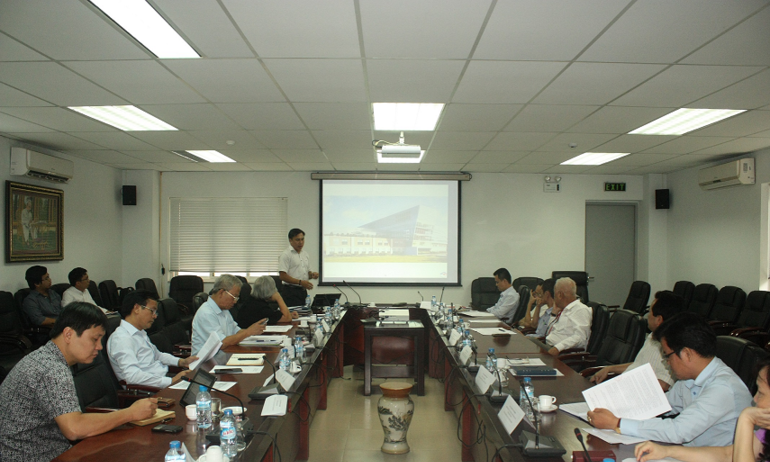BIM- From flashy 3D to real construction value
As the construction industry undergoes rapid digital transformation, Building Information Modeling (BIM) is no longer just a tool for design — it has become an essential element in construction execution. However, implementation still faces a major barrier: many companies fall into the trap of “Hollywood BIM” — creating impressive 3D models for show, but lacking the critical data needed for actual construction.
The solution? BIM in construction must go beyond appearances and serve as a real management tool for scheduling, cost control, materials, workforce, safety, and sustainability.

Why BIM Needs to Be Applied Substantially in Construction
-
Proactive scheduling: BIM 4D enables simulation of the entire construction process over time, from material logistics to workforce and equipment coordination.
-
Cost control: BIM 5D integrates budget data directly into the model, supporting accurate estimates and real-time cost tracking.
-
Risk reduction: Construction simulations help identify potential safety hazards before they occur.
-
Improved coordination: Integrating data from subcontractors, suppliers, and manufacturers ensures every component arrives at the right place, at the right time.
-
Sustainability: When environmental data (carbon emissions, energy consumption) is integrated, BIM supports eco-conscious decision-making.
Hollywood BIM vs. Substantive BIM
-
Hollywood BIM: Eye-catching models with stunning effects but lacking operational data — essentially just a “marketing accessory.”
-
Substantive BIM: A centralized database containing complete and accurate information to support construction management, coordination, and risk reduction.
Getting Started
To unleash BIM’s full potential in construction, companies need to:
-
Redesign workflows to ensure information flows seamlessly from design to the jobsite.
-
Invest in workforce training while building a culture of collaboration and data transparency.
-
Prioritize multi-dimensional BIM (4D, 5D) instead of stopping at static 3D models.
Conclusion
BIM in construction should not remain superficial; it must become a comprehensive management tool. When applied effectively, BIM delivers tangible benefits: shortened schedules, optimized costs, reduced risks, enhanced safety, and more sustainable outcomes.
Visual appeal is valuable, but true effectiveness is what really matters.
Source: BIMCommunity



 Tiếng Việt
Tiếng Việt
